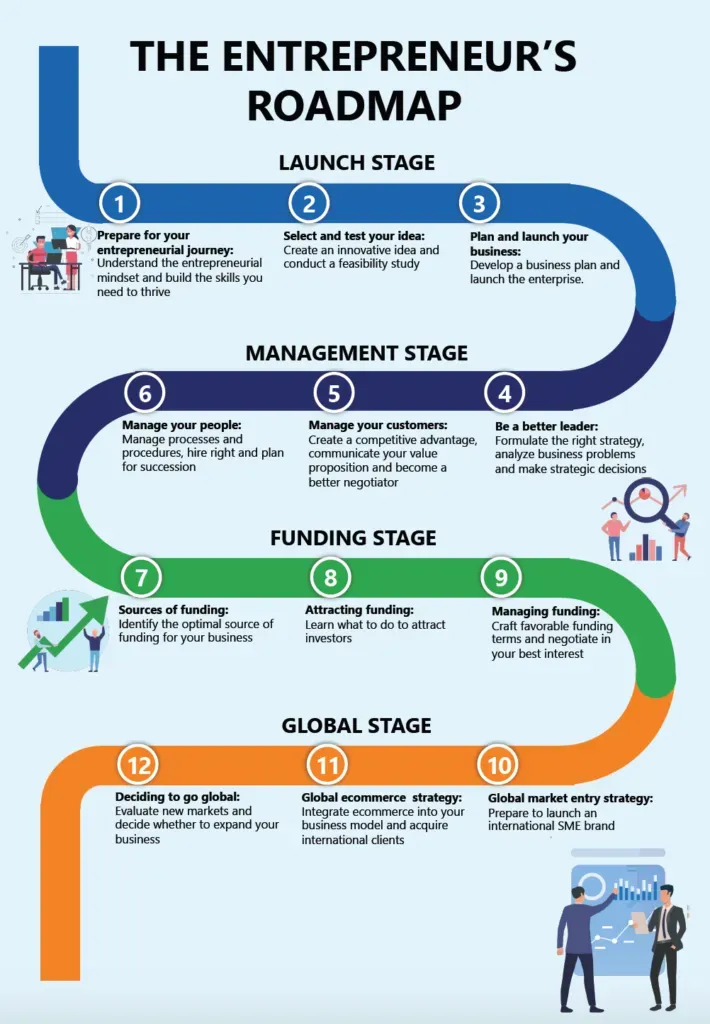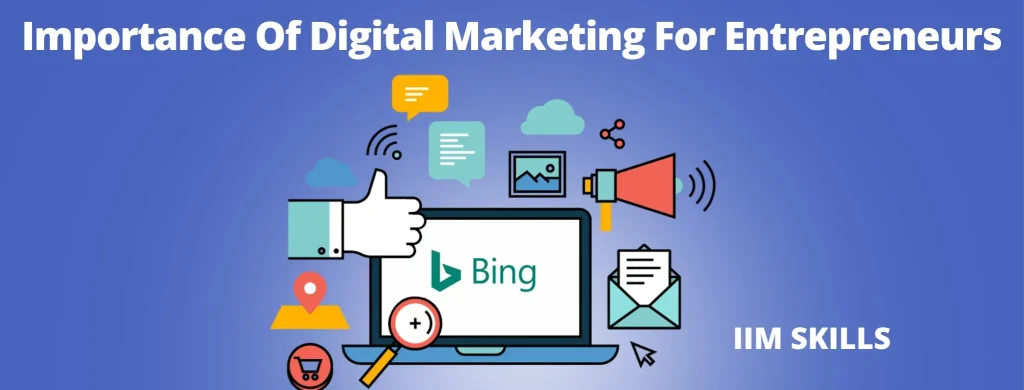The entrepreneurship roadmap guides founders from curiosity to customers with clarity, discipline, and measurable milestones. It aligns early validation with a practical structure, beginning with idea validation and a disciplined market research approach. A well-defined path points toward a minimum viable product (MVP) that tests core assumptions quickly while informing a robust startup go-to-market strategy. Through structured customer discovery, teams learn who benefits most and how to position value, reducing risk before too much capital is spent. By weaving research, rapid prototyping, and iterative feedback, the roadmap translates ambition into a scalable business model.
Think of it as a business-building blueprint that turns ideas into a repeatable operating model, not a one-off checklist. The venture path guides founders through discovery, testing assumptions, and aligning product, pricing, and channels with real customer needs. Using a market-entry plan grounded in research, validation, and iterative learning helps teams navigate uncertainty and accelerate time-to-market.
Entrepreneurship Roadmap: From Idea to Market
An entrepreneurship roadmap offers a disciplined path that turns an idea into a customer-facing venture. It ties together idea validation, the development of a minimum viable product (MVP), and a practical startup go-to-market strategy to keep learning fast and risk small. By stating clear hypotheses about who suffers, what relief is needed, and why your approach is better, founders convert curiosity into testable bets that guide product decisions and early traction.
With market research at the outset, you map the size of the opportunity, identify target segments, and assess competitive dynamics. Then you run lean experiments—landing pages, welcome offers, or a basic beta—to validate demand before heavy development. The MVP serves as a focused instrument for learning, testing price sensitivity, adoption ease, and the core value proposition, while the go-to-market strategy informs which channels and messaging will matter most as you scale.
Idea Validation through Customer Discovery and Market Research
Idea validation relies on customer discovery: structured interviews, observational insights, and real-time feedback that reveal whether your problem actually exists and if your solution resonates. Pair these insights with market research to quantify opportunity, map buyer roles, and understand buying criteria, ensuring your roadmap reflects practical demand and realistic growth potential.
Equally important is translating validated insights into a repeatable GTM framework. Define ICPs, craft positioning, design pricing experiments, and choose channels that align with how customers prefer to buy. By linking idea validation outcomes to the startup go-to-market strategy, you position your venture to move from a validated concept to initial customers and scalable growth.
Frequently Asked Questions
What is an entrepreneurship roadmap and how does idea validation inform a startup go-to-market strategy?
An entrepreneurship roadmap is a disciplined plan to move from idea to customers with testable bets. Idea validation minimizes risk by quickly confirming whether the target customers have the problem and would pay, feeding the startup go-to-market strategy with real data. This process leverages market research and customer discovery to shape product decisions, messaging, pricing, and distribution channels before scaling.
How do minimum viable product (MVP) and customer discovery drive an entrepreneurship roadmap for effective market research and growth?
Minimum viable product (MVP) and customer discovery are core engines of the entrepreneurship roadmap. The MVP tests the product’s core value with minimal scope, while customer discovery provides ongoing insights that inform product iterations, messaging, and pricing. When combined with market research, they help identify the right ICPs, validate demand, and establish a repeatable go-to-market approach that supports scalable growth.
| Phase | Focus | Key Activities | Outcomes / Metrics |
|---|---|---|---|
| Introduction | Framing the roadmap as a disciplined, step-by-step approach to translate curiosity into customers. | Outline practical phases: validate idea, design MVP, customer discovery, craft GTM, and build a scalable model; emphasize de-risking, faster time-to-market, and adaptability. | De-risked early decisions, faster time-to-market, and maintained flexibility. |
| 1) Clarify the Vision and the Problem | Understand the problem and customer; define value proposition, personas, use cases, and success metrics. | Create a clear problem statement, simple value proposition, ideal customer personas, key use cases, and success metrics. | Aligned with real customer needs; clear product direction. |
| 2) Validate the Idea and Do Market Research | Talk to real potential customers; quantify willingness to pay; size market; map competitors. | Structured customer interviews, market sizing (TAM/SAM/SOM), competitive mapping, small experiments (landing pages, beta, pricing tests), and a decision log. | Signal to proceed with MVP development. |
| 3) Design the MVP and Lean Development Plan | Deliberately stripped-down product that delivers core value; test riskiest assumptions; lean development. | Define MVP purpose, prioritize features, adopt rapid prototyping/low-code, plan small iterations, set measurable success criteria. | Learnings to inform GTM; faster feedback cycles. |
| 4) Embrace Customer Discovery and Feedback Loops | Continuous discovery to inform every stage; learn from real users. | Regular customer interviews, in-product surveys, lightweight analytics, and feedback-driven iteration. | Strong understanding of customer needs; early adopters identified as champions. |
| 5) Craft the Go-to-Market Strategy and Pricing | Translate product value into market traction; align GTM with MVP learnings. | Define ICPs/personas, messaging, channels, pricing experiments, and a phased launch plan. | Traction, clear value communication, smooth sales/discovery, early customers. |
| 6) Define the Business Model, Financials, and Metrics | Establish how revenue is generated and how performance is measured. | Choose revenue models, map CAC/LTV/gross margin/payback, and build dashboards for real-time visibility. | Data-driven decisions; financial discipline and accountability. |
| 7) Plan for Growth: Scaling Without Losing Product-Market Fit | Scale while maintaining value, quality, and customer satisfaction. | Refine ICPs, pricing, automate processes, invest in scalable systems; disciplined experimentation. | Sustainable, scalable growth with preserved product-market fit. |
Summary
Table above summarizes the key points of the Entrepreneurship Roadmap: from idea validation and MVP design to GTM, business modeling, and growth scaling, each phase emphasizes validated learning and iterative improvement for a practical go-to-market path.



